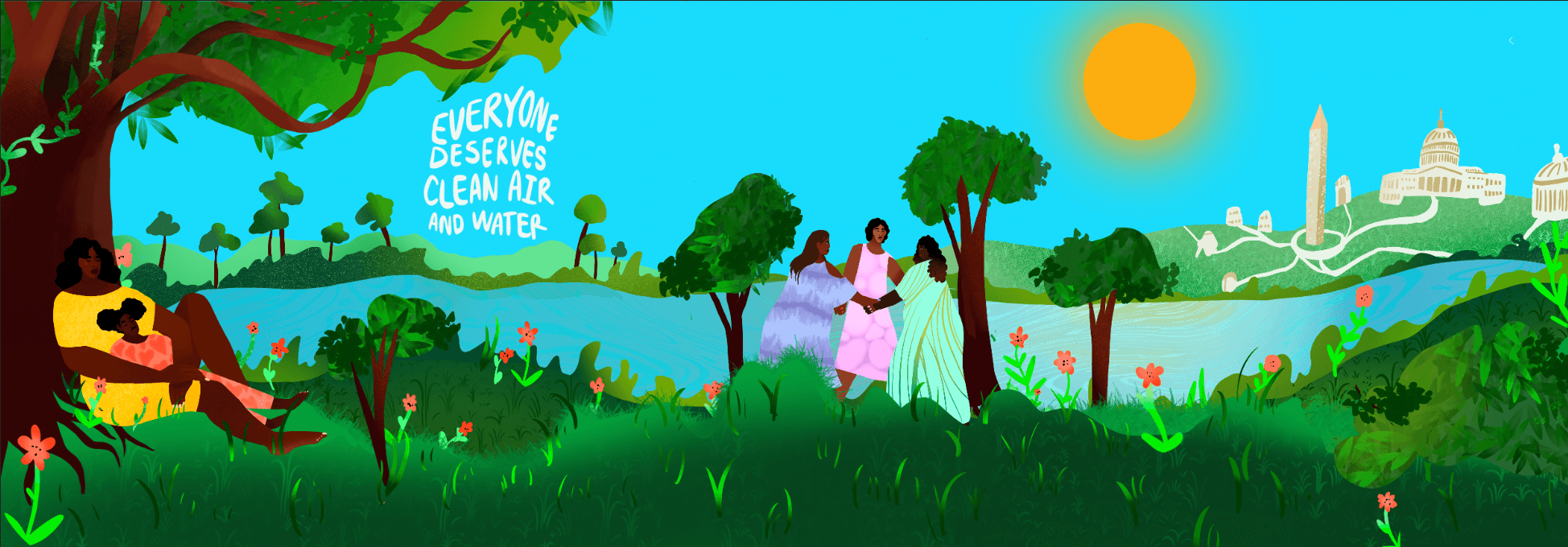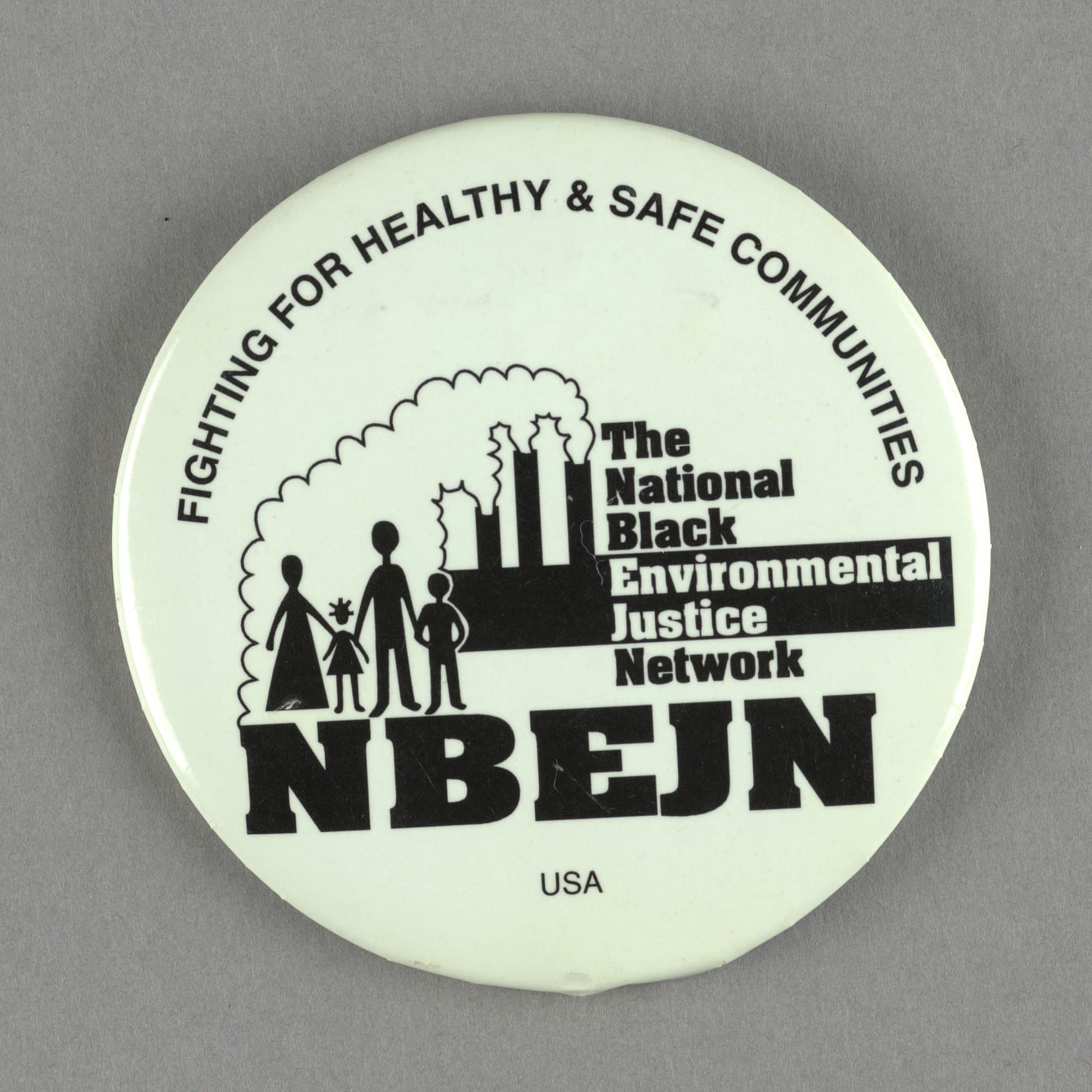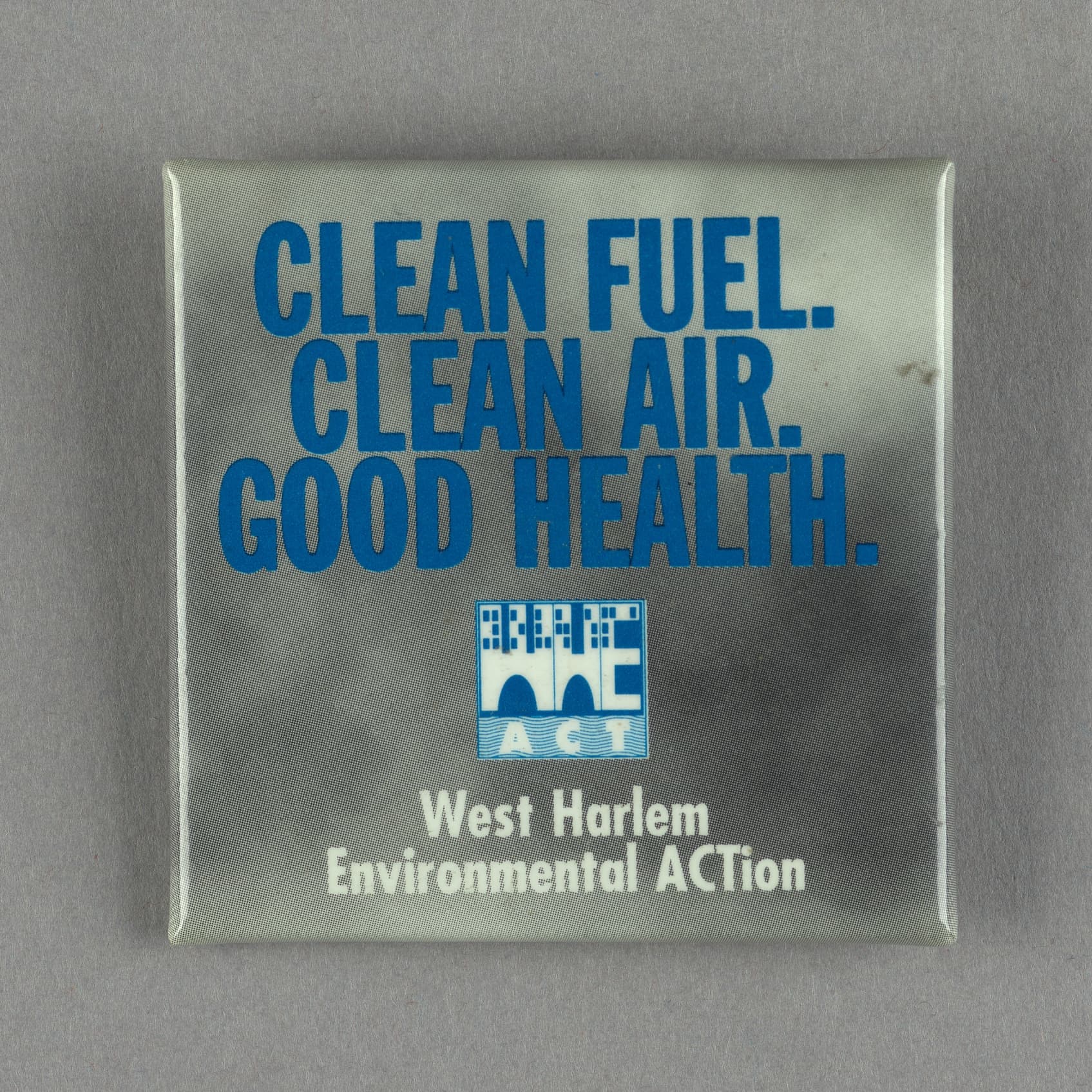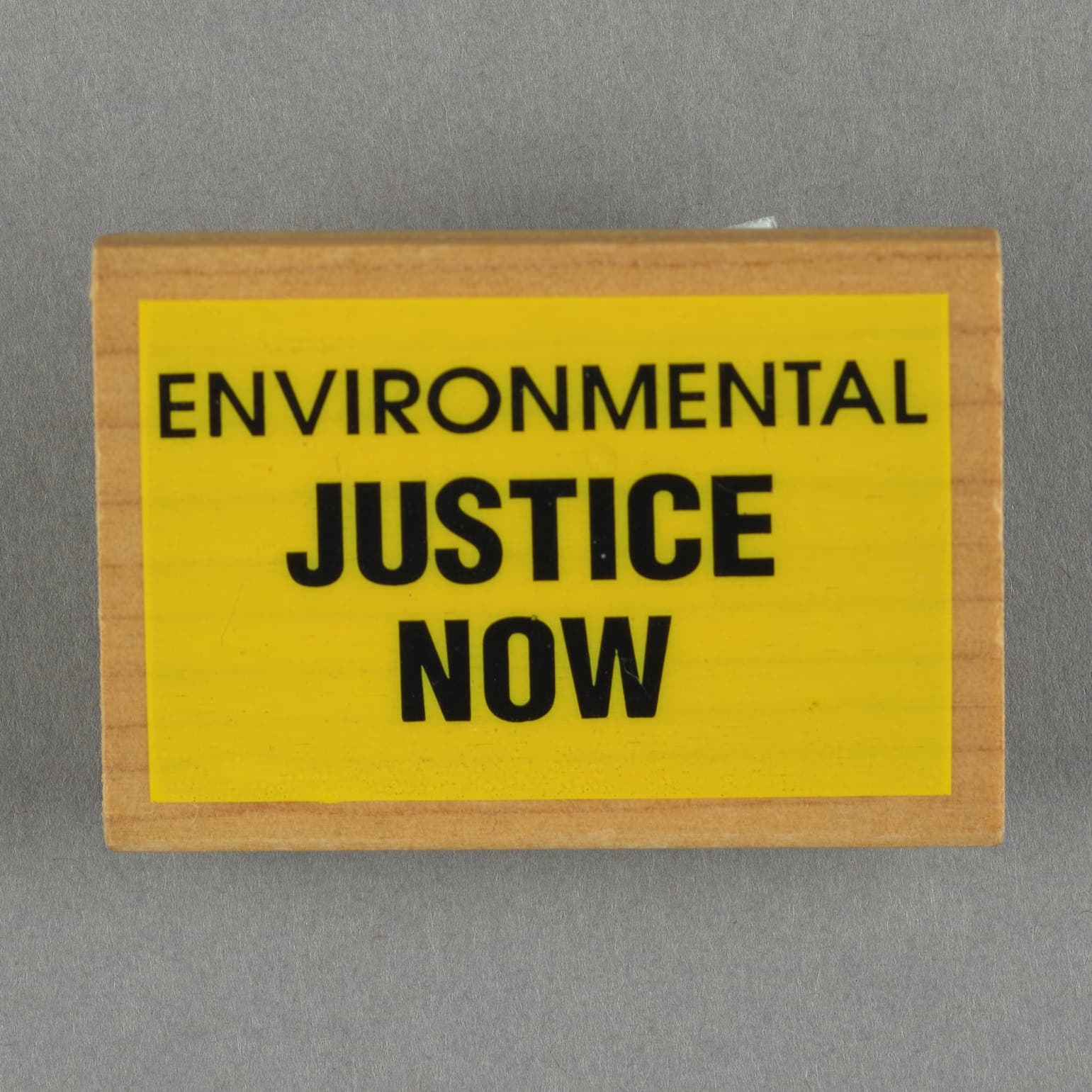
Uniting for Change: How the Environmental Justice Movement Embodies Community Resilience
The environmental justice movement in America has a deep history of fighting unfair practices that hurt certain communities more than others. In the 1980s, while pop culture and technology were booming, there was a hidden issue. Many communities, especially those of color, found themselves living next to toxic industries and waste sites. These communities, overrun with pollution and environmental hazards, stood on the frontlines of a growing battle for environmental justice.
As awareness of these injustices grew, communities began to recognize the need for a united front against the environmental hazards disproportionately affecting them. In 1982, the small, predominantly Black community in Warren County, North Carolina, faced the prospect of toxic waste being dumped in their backyard. The people there stood up against this, and through their collective defiance—pulling ideas, strategies, and tactics from the civil rights movement—they fought against this environmental harm.
This local act of defiance sparked a nationwide movement. Vernice Miller-Travis, a pioneer in this fight, played a crucial role. She was a key organizer in convening the First National People of Color Environmental Leadership Summit in 1991, uniting voices against the dual forces of environmental damage and racial injustice. Travis and others were uncertain about how many people would show up to the summit. But the turnout surprised them. Over 1,100 people showed up, four times more than expected, spending the day sharing stories and making plans. This gathering wasn't just a meeting; it was a revelation.
These buttons are a part of a collection of over 200 items amassed by Vernice Miller-Travis, an environmental justice advocate from Washington, DC. These items are currently housed at the Anacostia Community Museum.

Pinback Button, The National Black Environmental Justice Network"
Source: Anacostia Community Museum (2022.13.148)
Pinback Button, "West Harlem Environmental ACTion"
Source: Anacostia Community Museum (2022.13.156)
Pinback Button, "Environmental Justice Now"
Source: Anacostia Community Museum (2022.13.158)We thought we were alone. And when we get to the summit, we realize we're not.
The summit established 17 principles that continue to guide the environmental justice movement today. This historic event underscored the power of unity and collective action. It proved that when communities come together, their resilience can create waves of change, influencing policies and sparking nationwide awareness.
Building upon this legacy of community activism for environmental justice, The Anacostia Community Museum's Center for Community and Environment (CCE) was established on Earth Day 2023. The CCE embodies the movement's core ethos that environmental justice is inseparable from racial and social equity and that the power of community solidarity and collective action can drive significant change.
Amplifying this ethos, the CCE's Urban Waterways initiative, launched by Dr. Gail Lowe in 2010, showcases the transformative power of focusing on urban environmental concerns, particularly the Anacostia River. Once a symbol of division, the river has become a rallying point, demonstrating the connection between urban communities, their waterways, and environmental justice, emphasizing the importance of local ecosystems in the broader fight for equity and sustainability. Such a dynamic connection is explored through this initiative from many perspectives, including questions of justice, class, race, politics, health, development, faith, history, and the arts.
The CCE builds upon decades of grassroots activism and the Smithsonian's commitment to community engagement and social change. Drawing from the museum's rich history of engaging with its community on environmental issues, the CCE serves not only as a hub for research and advocacy but actively crafts community-driven solutions and is a space where stories and struggles of communities are honored and amplified, reflective of the environmental justice movement's core belief in the power of united community action to enact change.




